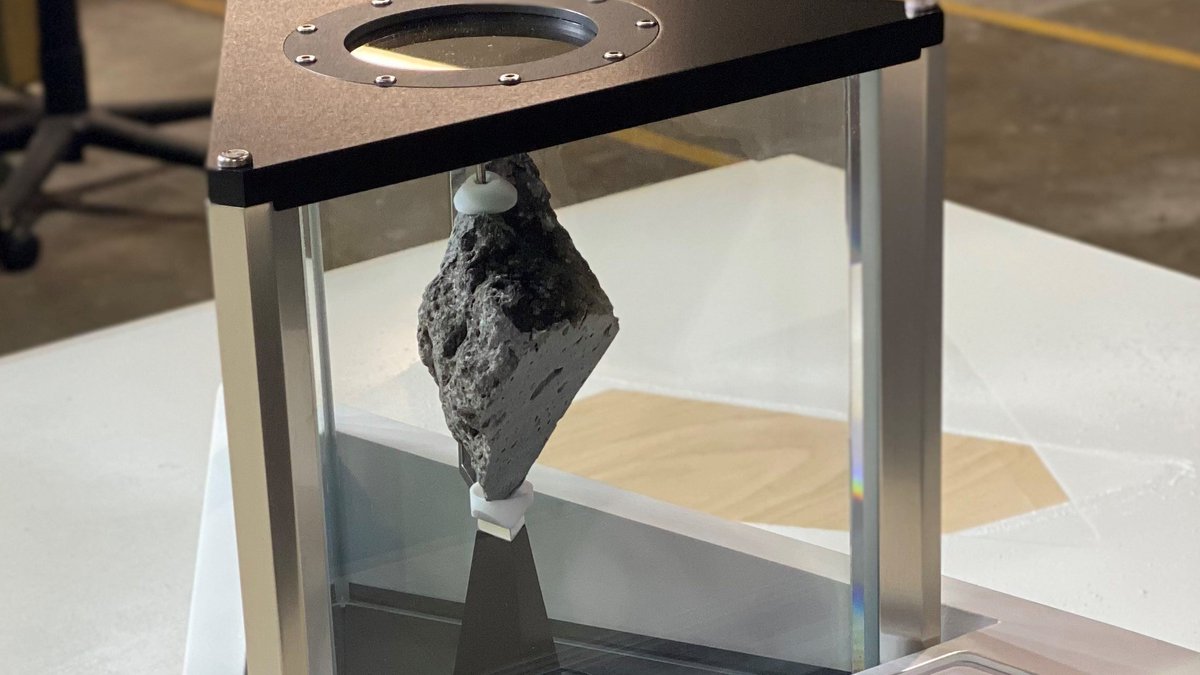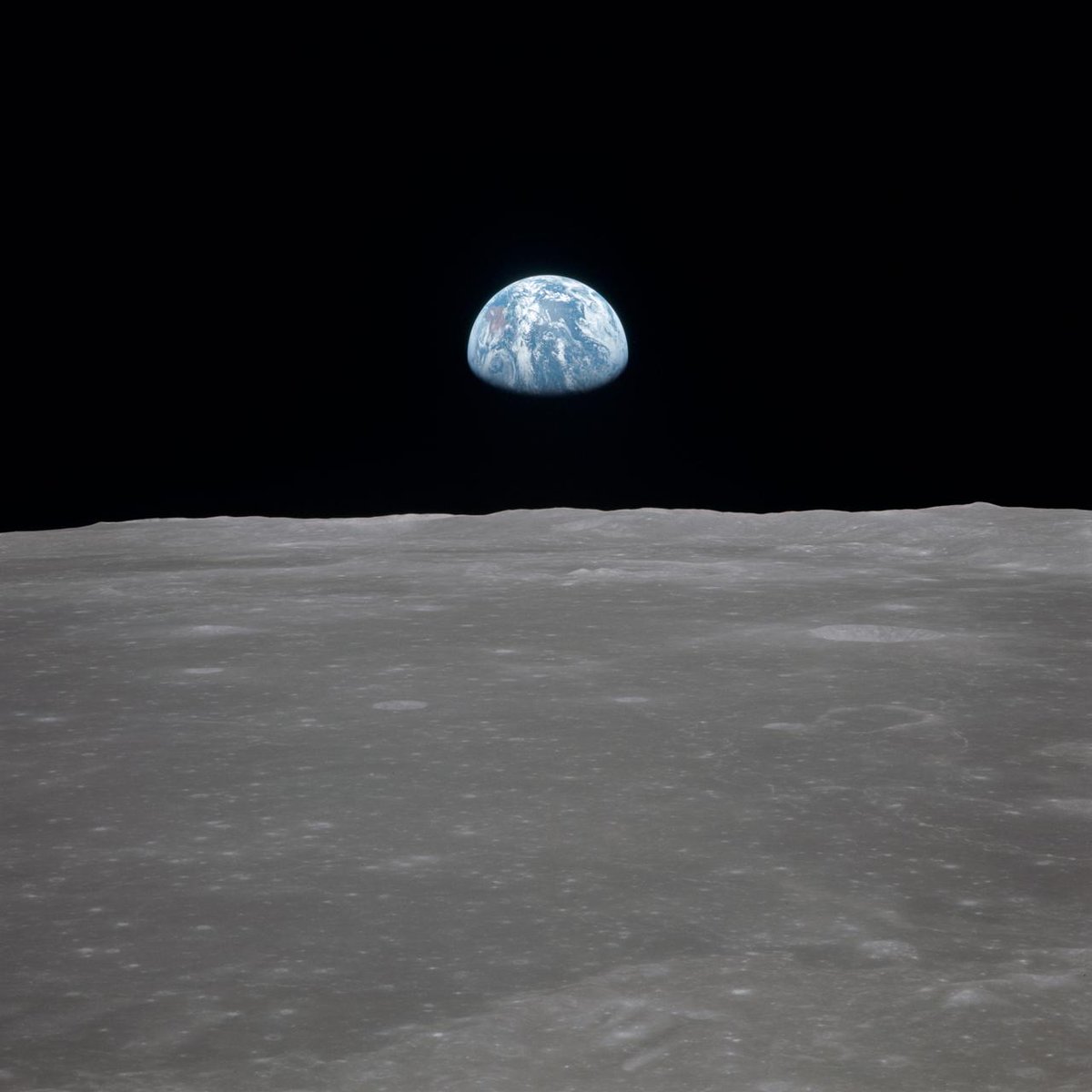
Nyiragongo is no joke. It’s arguably one of the most dangerous volcanoes on the entire continent, and a nightmare for those in the DRC and neighbouring Rwanda.
A brief thread... 1/x
A brief thread... 1/x
https://twitter.com/Melaniegouby/status/1396152950372933633
Nyiragongo is a mountainous volcano born of the East African Rift, the expanse of land in the region that’s slowly being pulled apart and will, perhaps, one day (20 million years for now) produce the planet’s youngest ocean. That’s super cool, eh?
2/x
2/x
This rifting also means that you get some highly active and very diverse volcanoes in the region, often with strange magma compositions. That alone makes eruption forecasting quite difficult, but many of the volcanoes in the region are also not yet sufficiently monitored.
3/x
3/x
Nyiragongo is one such volcano. It’s one of the few places on Earth to feature a persistent lava lake.
But it’s what it doesn’t have that makes it quite hazardous: silica.
4/x
But it’s what it doesn’t have that makes it quite hazardous: silica.
4/x
Its lava has a deficit of silica, the compound in many lavas that acts as a sort of skeleton, keeping it bound together and gloopy. Without much silica, the lava is remarkably fluid.
5/x
5/x
Basalt, the stuff that’s erupting from Kīlauea and Iceland’s Reykjanes Peninsula right now, is fairly fluid, but it has enough silica in it that, when it erupts on a flat surface, you could easily out-walk it.
Not so with Nyiragongo.
6/x
Not so with Nyiragongo.
6/x
This volcano’s lava is remarkably fluid. Downhill, they can move at 60mph, which means that they can catch up to speeding cars. So when Nyiragongo erupts, its lava zips about and appears where it likes, like a fiery phantom or something. It’s...scary.
7/x
7/x
The collapse of the crater walls in 1977 caused this speedy lava to essentially ambush people living downslope, killing several dozen people.
8/x
8/x
2002 was a terrifying year. Eruptions of this lava from the volcano’s flanks rushed towards the DRC city of Goma, while half a million people across the border in Rwanda had to quickly flee to safety.
9/x
9/x
Lava left 120,000 people in Goma homeless as it destroyed their homes. Between 200-300 people there died, either by being overrun with the lava or by asphyxiating under an invisible blanket of volcanic carbon dioxide.
10/x
10/x
(CO2 comes out of a lot of volcanoes, but thanks to the complexities of the rifting in the region, volcanoes here often belch out a *lot* of carbon dioxide, which has no odor, is invisible, and - being denser than air - sinks downslope and kills anyone engulfed by it.)
11/x
11/x
That’s why today’s eruption is seriously worrying. I’ve heard reports that lava is heading away from Goma but that roads are already being cut off as lava springs over them. It’s a terrifying situation to be in.
12/x
12/x
Such a dangerous volcano deserves its own observatory, right? Well it does, but the Goma Volcano Observatory has been struggling to do its job. It was funded by the World Bank, but the cash flow was recently cut after embezzlement allegations.
13/x
reuters.com/article/us-con…
13/x
reuters.com/article/us-con…
So here is today’s situation: scientists are unable to perform basic monitoring work on a highly unpredictable, very dangerous volcano that’s currently erupting near a city home to two million people.
It’s not great. Hopefully the lava doesn’t spill over into the city. :|
End.
It’s not great. Hopefully the lava doesn’t spill over into the city. :|
End.
Update: looks like lava is flowing toward the airport and parts of the city nearest to it. Thousands have already fled across the border into Rwanda and it looks like the DRC government is planning to evacuate a decent portion of the city. Hm.
Update 2: it looks like, so far, the damage has been relatively minimal and that Goma has been largely spared. The volcano appears to have calmed down a little, which could signal a waning eruption — but things could also kick off again.
https://twitter.com/newtimesrwanda/status/1396331191112974339
Got a more detailed version of this thread coming to @NatGeo tomorrow sometime as an article - standby!
• • •
Missing some Tweet in this thread? You can try to
force a refresh






